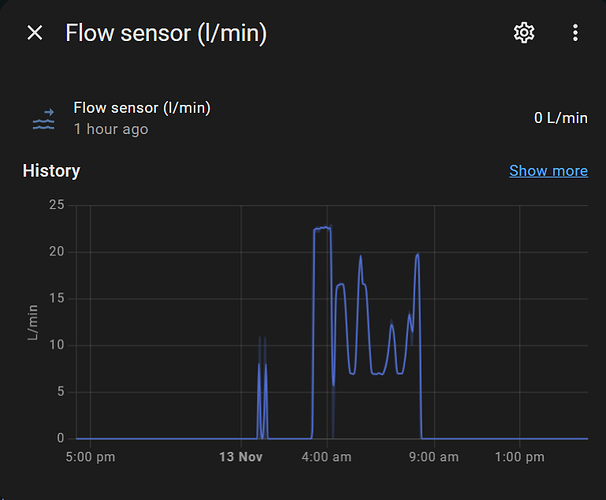Hello.
We’ve had an Octopus installed Daikin now for about a month and so far, it hasn’t had to much as it’s been relatively mild. But all is well generally speaking.
Last night was the first cold snap and at some point today, I realised the hum of the water pump had stopped. After checking the MMI panel and an energy clamp meter, I was reassured that it was still running but instead of pushing 30lpm like it has been doing since install, it had dropped down to around 10lpm. Blissfully quiet and the rads were all a nice toasty 35c.
It seems like it drops to this lower throughput after an amount of constant compressor runtime - I haven’t determined what that is.
But it raised a question in my mind… if it can operate at that lower lpm, can it do that when it’s milder too? If so, do you know what setting I might need to tweak?
I noticed in the last few weeks while it was mild but still calling for occasional heat that much of the time, the water pump was running whilst the compressor was stopped, so consuming 180w or so just moving water for very little benefit. Do I need to enable sampling mode to optimise that?
We’re running in weather comp mode, of course, 45c at -8c and 25c at 15c if it matters.
thx
Chris

